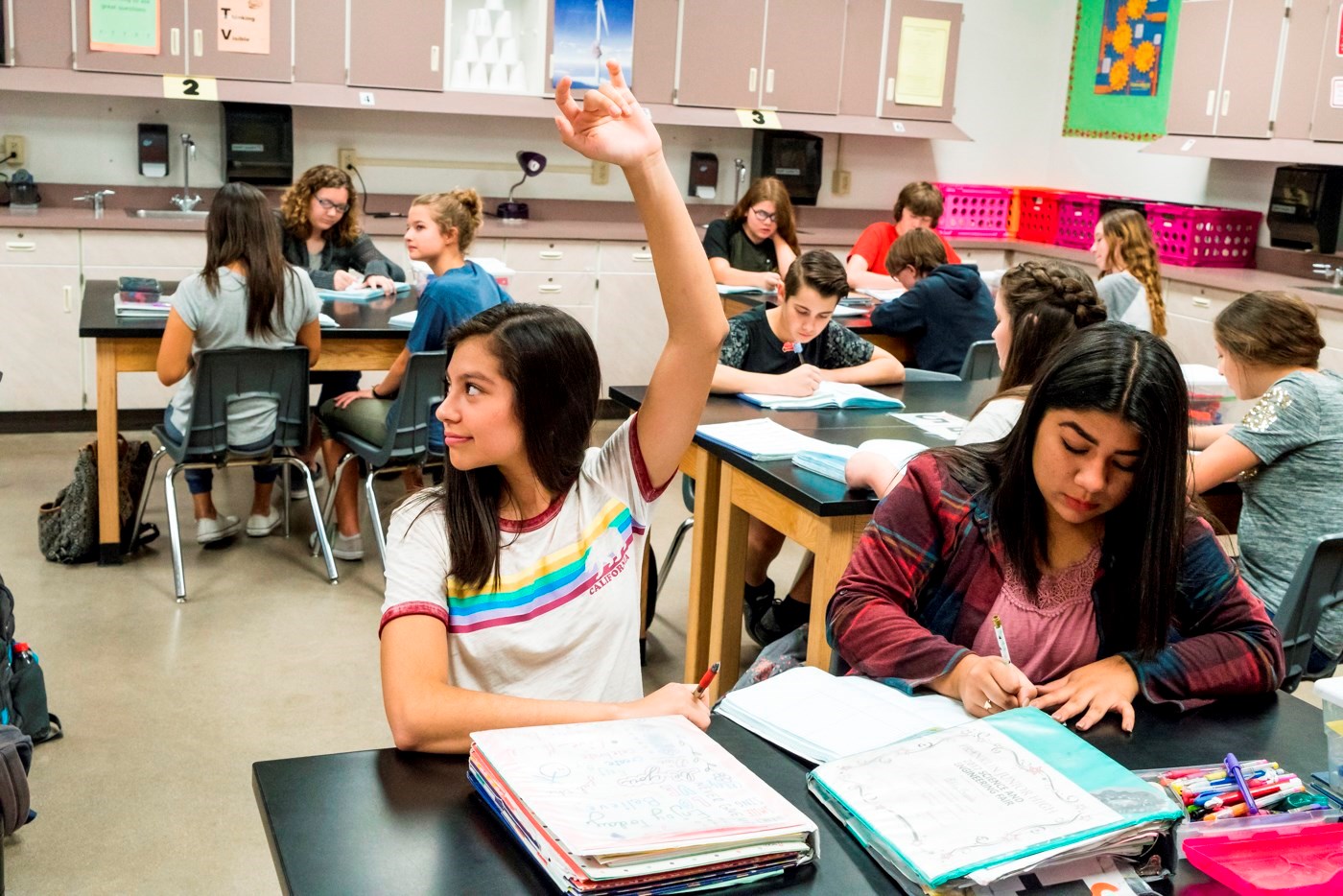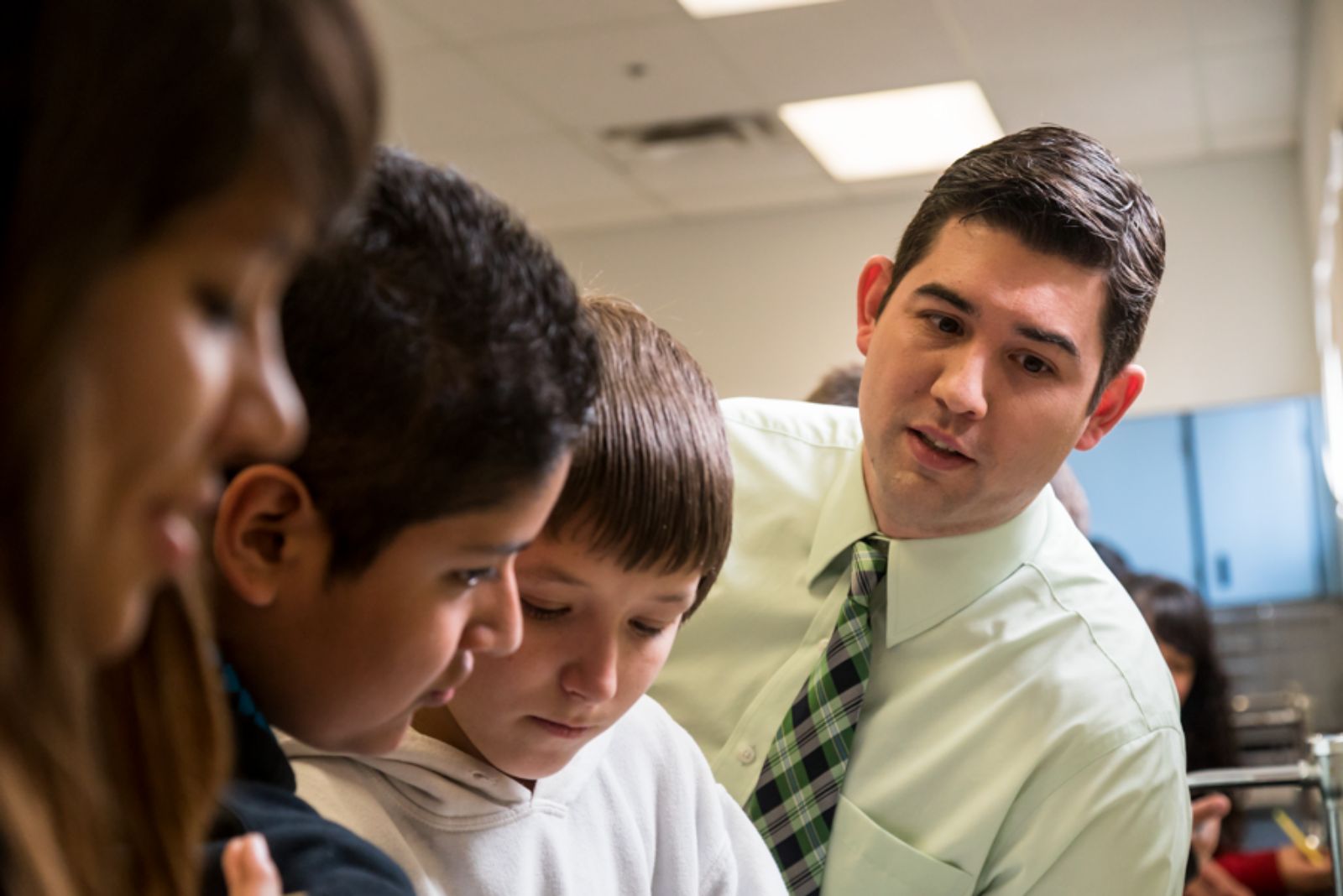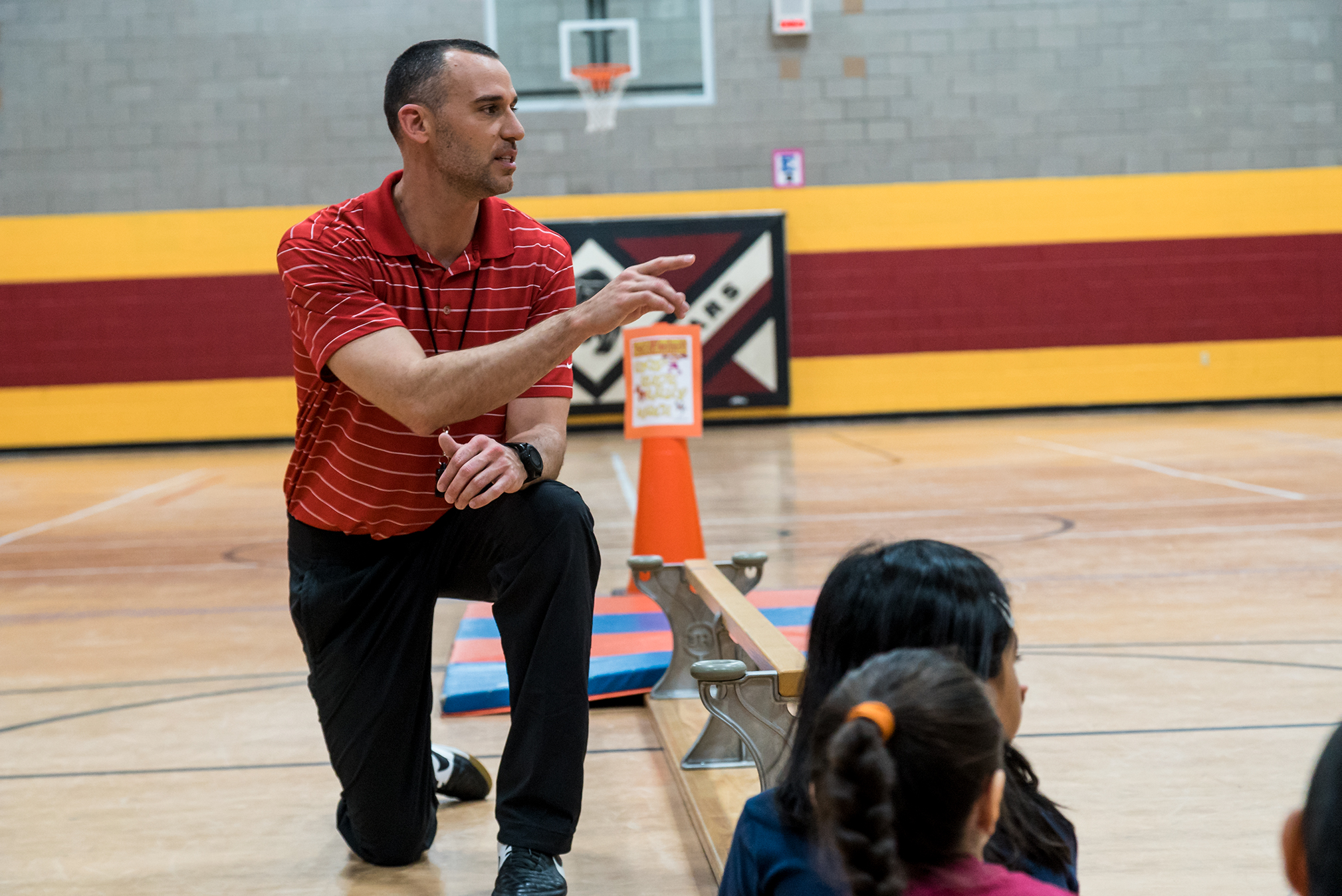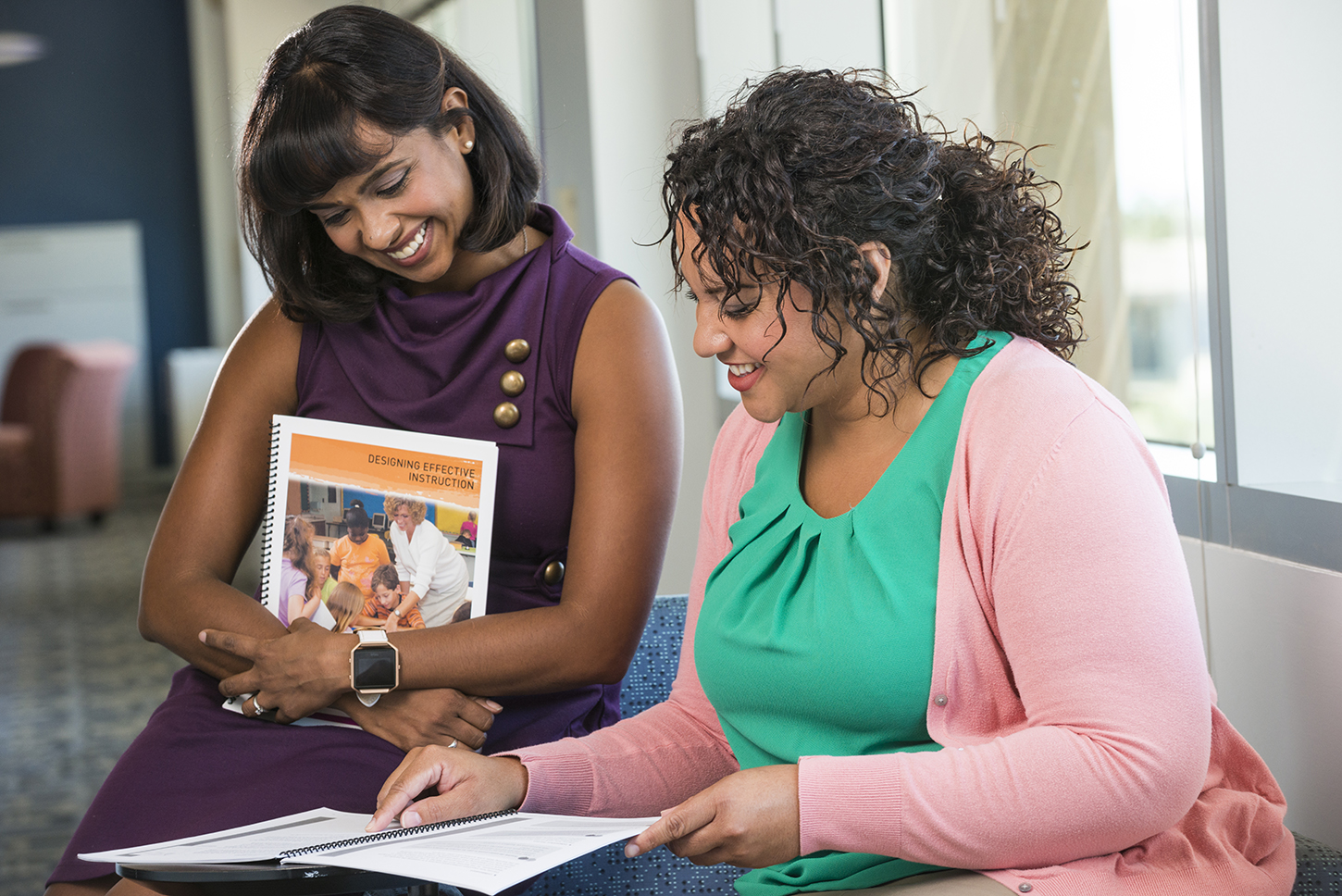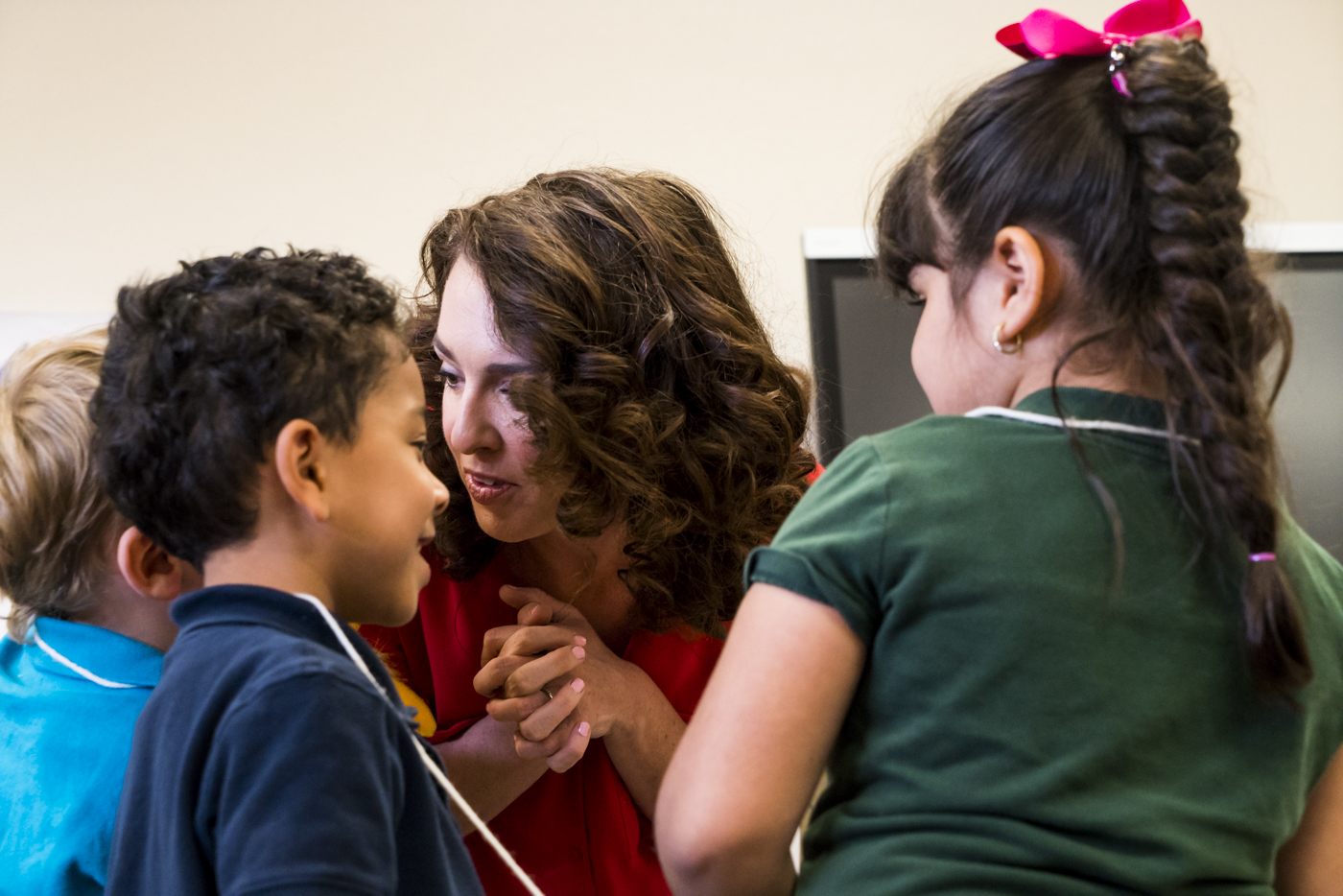Back-to-School Hacks: 8 Ideas for Setting Up Your Classroom
The new school year is quickly approaching, and with that, developing a classroom environment that maximizes student learning is becoming increasingly important.
In fact, room arrangement is one of the major contributors to classroom environment and culture — it’s a critical management technique that can both improve student learning and time on task and increase feelings of ownership over the space. And even better, it’s not at all difficult to do.
Here we offer eight ideas to consider as you plan this year’s classroom setup.
1. Think Carefully About Student Desk Arrangement
Your personal teaching philosophy will play a huge role, as the way you organize the student desk space should reflect the type of learning students will be doing. For example, collaborative classrooms usually have desks oriented in a way that’s easy for students to work together. Teacher-centered and/or quiet classrooms may, in contrast, organize desks in rows and columns. Differentiated Teaching put together a great resource to guide your decision-making when it comes to student seating.
2. Consider Teacher Workspace
Once you determine the desk arrangement, think about where your classroom workspace will be, and whether you actually need a full desk in the classroom. Housing your desk in the back of the classroom, for example, or decreasing the amount of classroom space you command, can promote student-centered learning.
3. Decorate With Houseplants
Providing a connection to nature in the classroom has been linked to numerous student benefits, including improved concentration and focus, better learning outcomes, and stress reduction. You can also increase student ownership by making your students responsible for plant care and maintenance.
4. Create Collaborative Spaces
If you teach science, this may translate to lab benches. And in elementary school, perhaps it’s a reading nook. Collaboration facilitates both academic learning and social growth, and can be more meaningful for students when intentionally built into their classroom structure.
5. Create Freely Accessible Supply Spaces
Make your students feel more at home by giving them full access to your shared classroom space. Frequently used supplies — like pencil sharpeners, extra pencils, paper towels, staplers, and even craft supplies — can be freely accessible by students (assuming the supplies are safe, of course). Perhaps older students don’t need to ask permission to use these items, reinforcing your trust in them to own and use the space responsibly.
6. Be Intentional About White-Wall Space
Strategically covering your wall space can provide students with feelings of comfort and motivation, and can create a more welcoming environment. Colorful posters, inspirational quotes, pictures and/or biographies of diverse public figures, and exemplary student works are easy ideas to start with; however, be mindful of the cognitive load your displays are putting on students as you don’t want their attention competing with the content they are learning.
7. Plan Storage Spaces
Storage spaces are incredibly important, but ideally should be hidden out of sight. With that, can you place them under tables covered with tablecloths? Add storage space underneath student desks or bench spaces?
Be sure that frequently used items are still easily accessible for students. In the higher grade levels, students may not have a need for storage spaces. Instead, their teachers could determine a system in which papers are managed, both those that get handed out and passed back, as well as a system of student accountability for managing and organizing their papers.
8. Provide Opportunities for Students to Move
Students pay attention better when they have opportunities for movement breaks. For example, can you build in an area where students walk to transition from individual work time to group work? Place supplies in the back of the classroom so that students have a reasonable opportunity to move before getting antsy? Don’t be afraid to introduce creative ways for students to get out of their seats — just make sure they have some opportunities to move throughout the day.


